A corner that satisfies all the senses
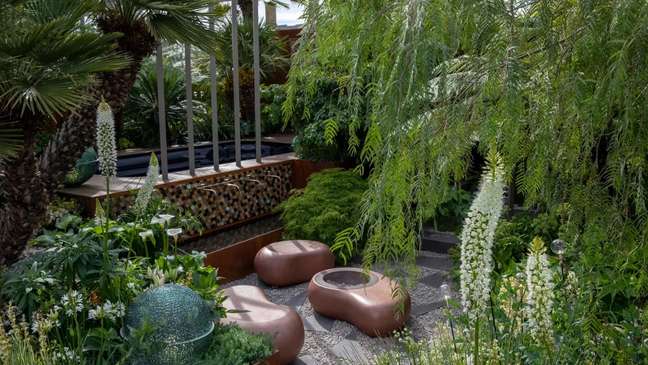
All the gardens are rich in images, sounds, aromas, textures and flavors, but only one sensory garden it amplifies each of these vital elements and envelops all who pass in a cocoon of well-being and pleasure.
The more senses we involve, the richer the experience: you will already have a sensitive attention to detail and you will transform your garden into a sensory feast. So let your imagination run wild to create a bespoke space that will thrill you, your friends and family.
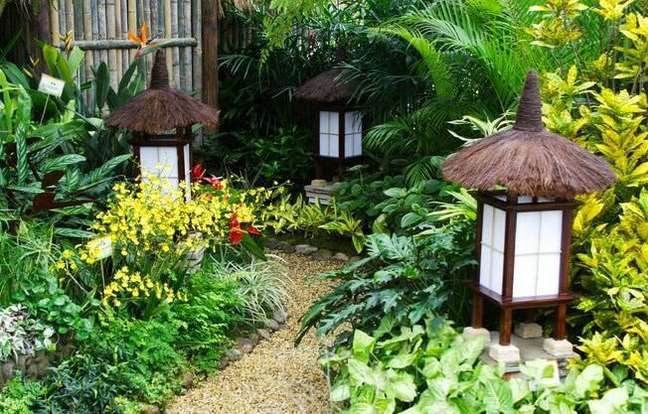
Focus on the feeling of security and isolation, as these feelings are what will make you want to stay. They are carefully designed to be in tune with the way we experience everything we see, hear, smell, touch and hear in the garden.
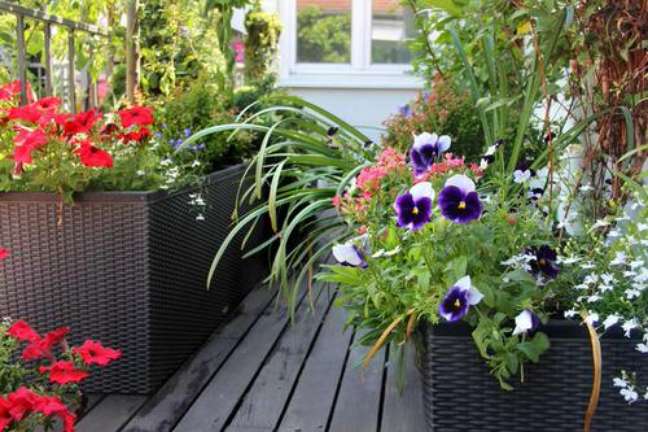
This is more important than ever in a post-Covid world as we all enjoy outdoor spaces that make us feel happy and safe, especially for our mental health.
But, planning one requires a certain amount of extra care. With the five senses – sight, smell, sound, touch and taste – in the foreground, you can fill the place with some very special ideas. See some:
brings light
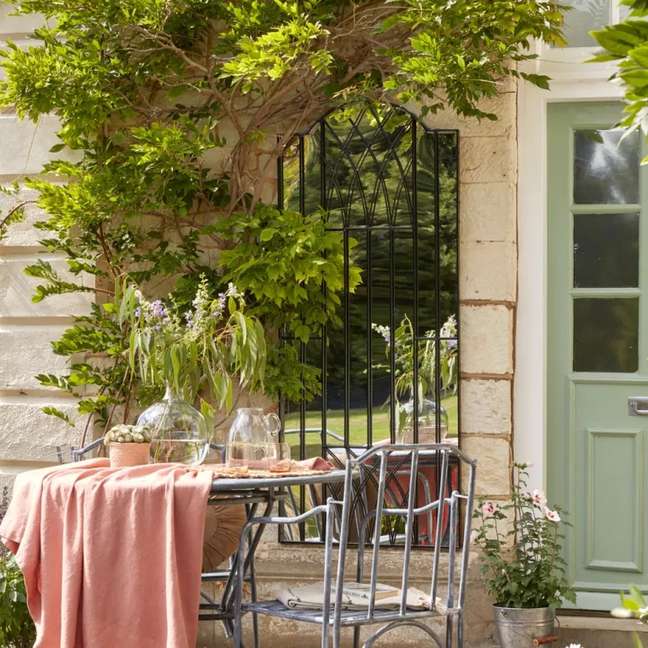
Plan areas of light and shade, maximizing natural light where it’s needed: it lifts spirits and makes even the most compact outdoor space more airy.
One mirror will do the trick of effectively doubling the available lighting, however, always be careful never to place reflective surfaces in the scorching sun (due to the risk of fire), or where birds can fly over them and get hurt.
Perfumes front and center
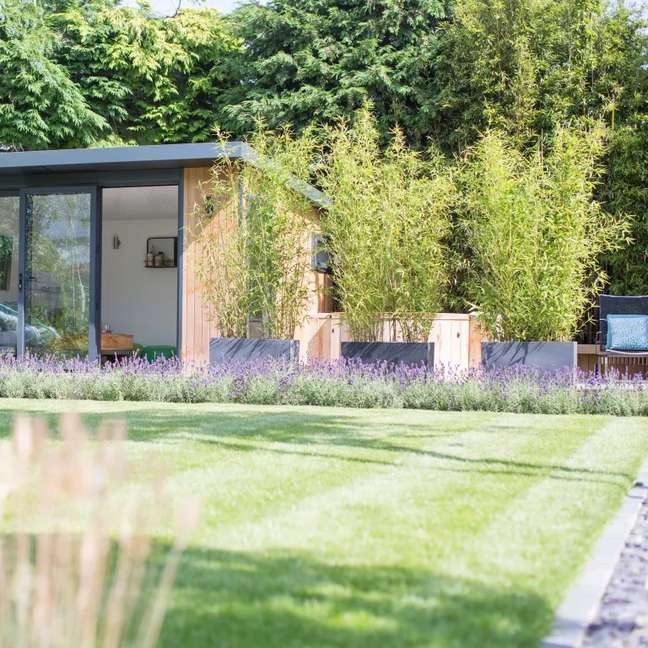
Flowers in sensory gardens have a dual function: color and shape, as well as scent. There is great joy in a wonderfully scented space, be it the fragrant scent as you run your hands through the lavender or the fresh scent of basil. Make a selection of scented plants.
It is recommended to place them along a path, in pots near doors or as part of a fragrant border.
Enjoy the natural sounds
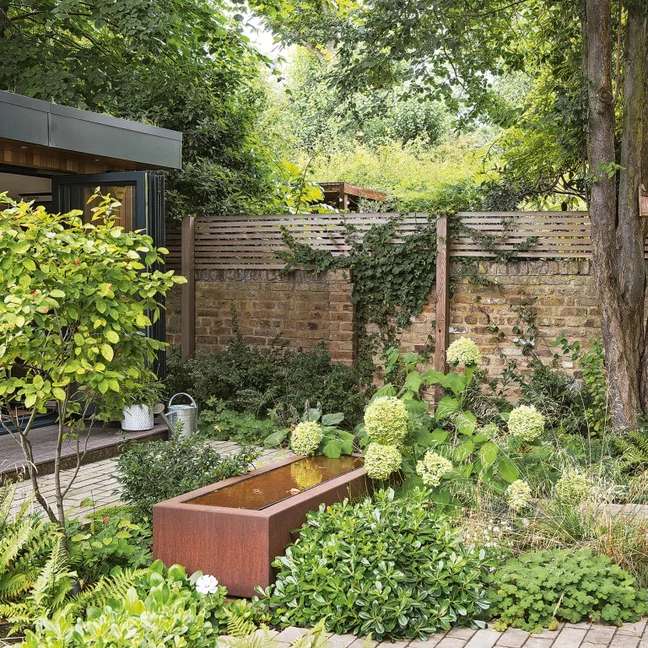
Whether it’s the gentle hum of a water fountain – a simple solar-powered model will do the trick – grass in the breeze, gentle wind chimes, happy birdsong, or a pollinator, natural sound is key. Include seedlings that make quiet noises when the wind blows past them.
And to create a living dimension to these sensory sounds, encourage wildlife by planting species that are attractive to insects and hanging bird feeders and insect houses or hotels.
a touch of comfort
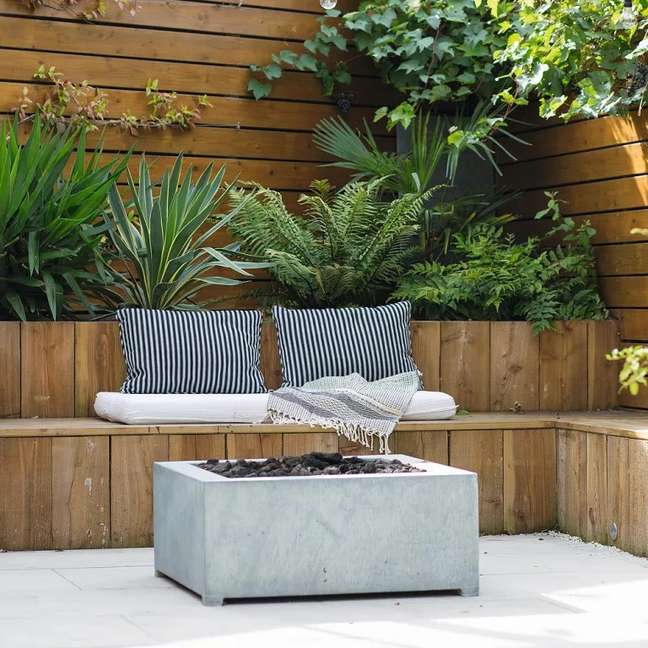
When you relax in your sensory garden, you will want to feel comforted and pampered. Think about natural fibers or vintage fabrics when choosing furniture for the space, which should also be as comfortable and organic as possible.
Focusing on natural pieces will help create an authentic and welcoming environment. Choose muted and understated shades like pale green, terracotta and delicate mustard over dramatic, washed-out tones or harsh contrasts.
Taste your homemade aromatic herbs
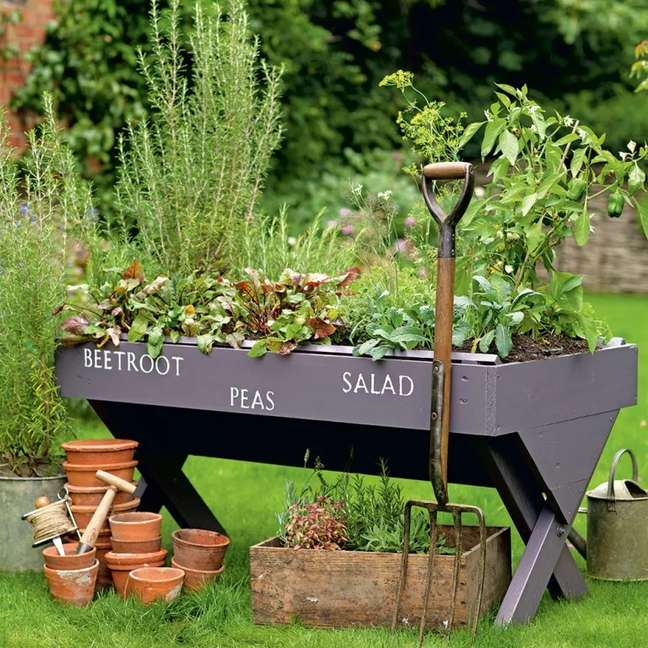
Being able to pick a handful of fresh homemade herbs – basil, rosemary, oregano and the curry plant ( Helichrysum italicum), which have amazing scents: it’s the simplest and cheapest way to feel a tangible connection with your garden.
You can also grow easy fruits and vegetables in pots like tomatoes, raspberries, and strawberries.
Find a place to focus
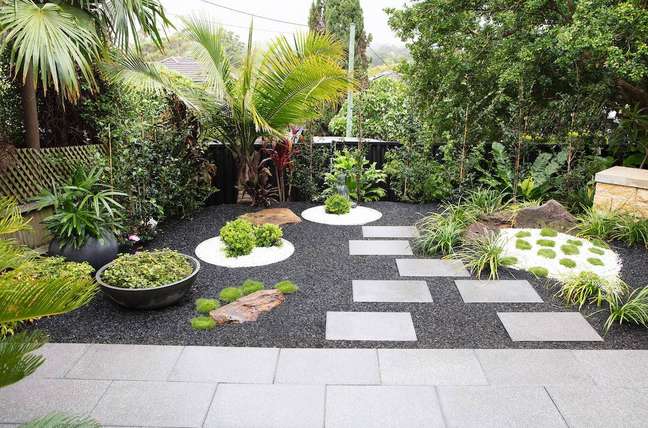
In addition to a lush mix of tropical and native plants, choose to add a number of understated bouquet ideas for contemplation. However, if you’re short on space, why not create a corner with a natural bench or hanging chair in a quiet corner, away from the noise of the rest of the house? Perfect for reading a book or resting.
share your environment
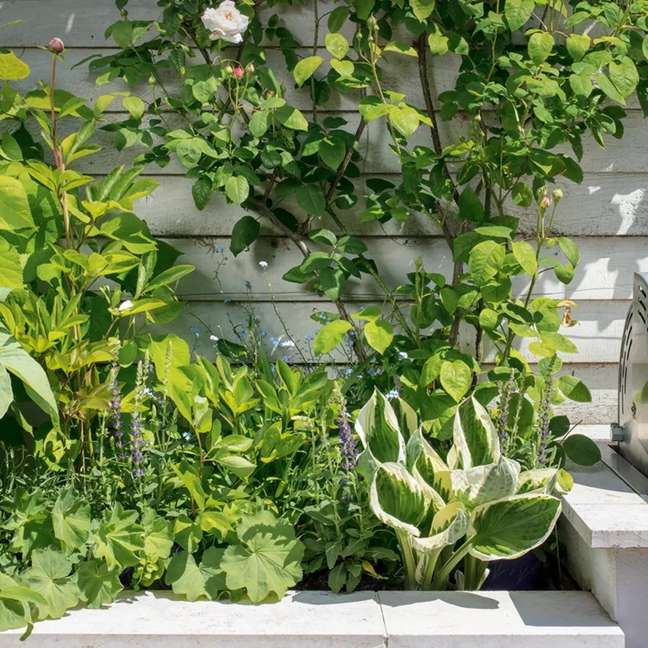
While it looks abundant, with flowers, scents, light, shade (don’t forget, you’ll need shade ideas to protect you from the hot sun and occasional rain) and relaxing elements, your garden should be organized too.
When considering layout ideas, think about zoning to help you understand all the different senses you appeal to. You can have an “exciting” area in a sunny spot, with flowers in warm, vibrant colors like orange and red, for example. Or a “tactile zone” with evergreen or shiny or structured leaves.
Always work with nature
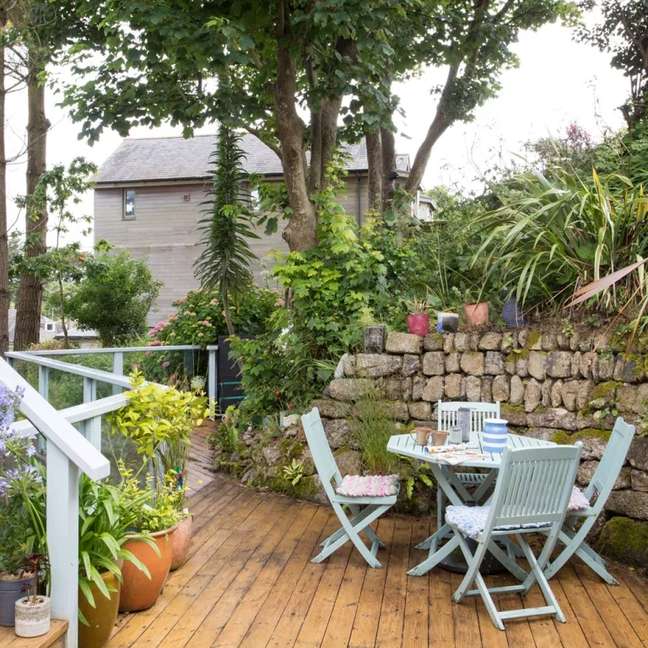
If you have an urban backyard or country plot, it is very likely that beyond your borders there is something beyond to provide a natural context for your ideas.
So, when planning your sensory garden, place crucial elements like water features, seating, and contemplation areas to take advantage of the trees, shrubs, and attractive background views. A hammock hanging from a stand in the shade of a neighbor can help you feel connected to nature.
Enjoy the night garden
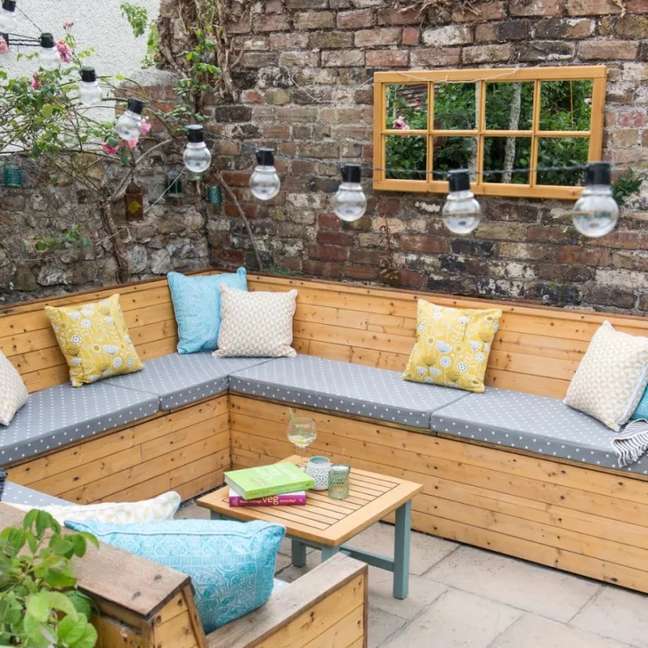
When the sun goes down and the night begins to set, this space can become even more stimulating. Bring soothing elements like soft lighting, a canopy, candle or pergola, and look at garden trellis ideas for adding scented climbing plants like jasmine and honeysuckle – the scent is always stronger at night.
Stimulates all the senses
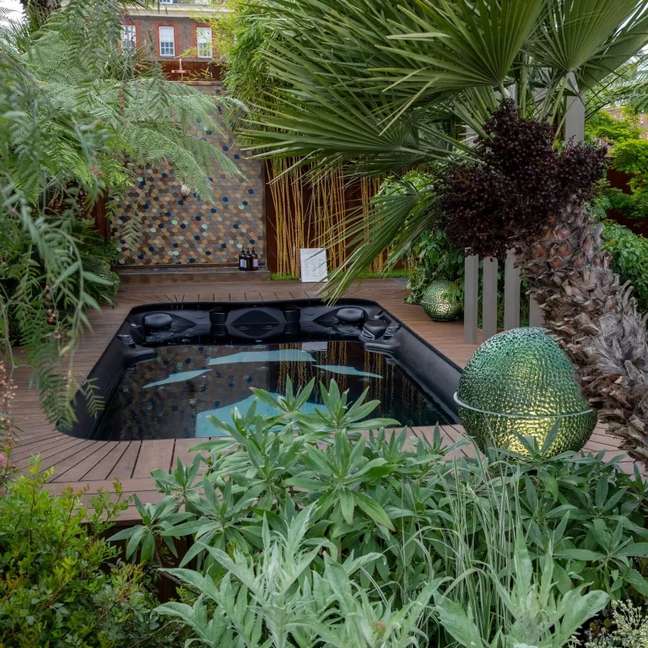
Look for easy ideas that help keep everything together. While it’s good to have specific elements dedicated to stimulating and enhancing each sense, also consider the overall palette of the environment, which should be calm and relaxing.
* Through the ideal home
Source: Terra
Benjamin Smith is a fashion journalist and author at Gossipify, known for his coverage of the latest fashion trends and industry insights. He writes about clothing, shoes, accessories, and runway shows, providing in-depth analysis and unique perspectives. He’s respected for his ability to spot emerging designers and trends, and for providing practical fashion advice to readers.







